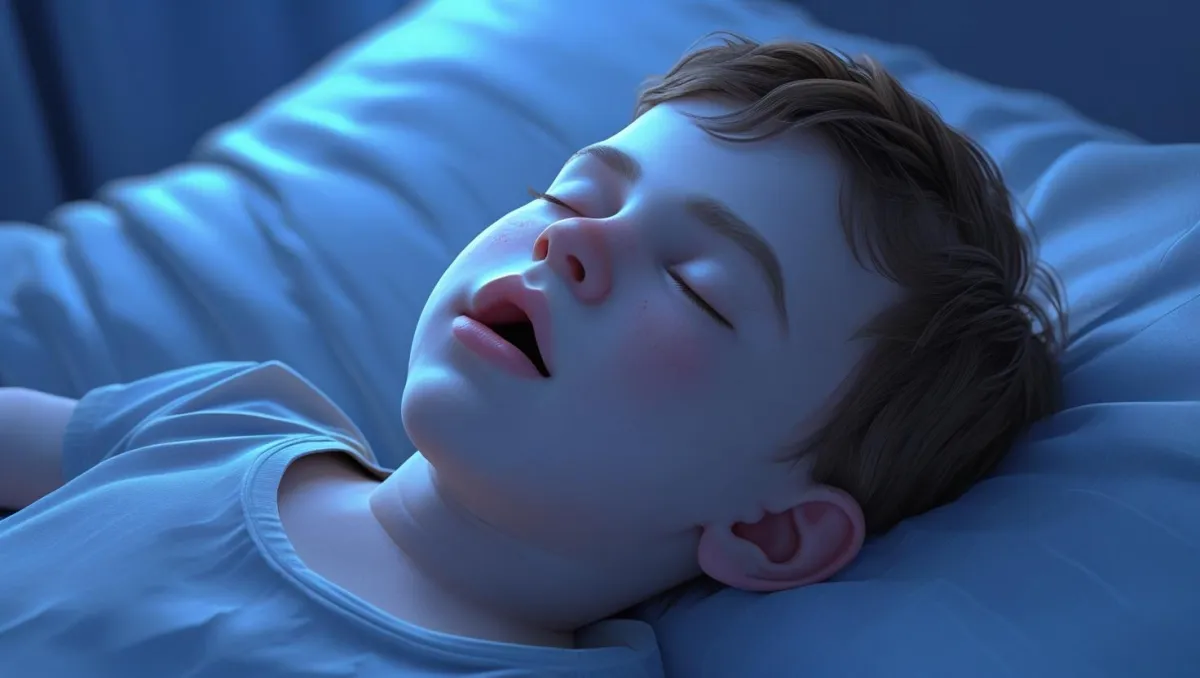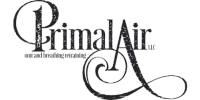
How Long Does Orofacial Myofunctional Therapy Take to Show Results?
How Long Does Orofacial Myofunctional Therapy Take to Show Results?
Understanding the timeline for real results plus how OMT helps fix mouth breathing, speech challenges, and poor tongue posture.
The Problem: Mouth Breathing, Speech Delays, and Misunderstood Muscle Habits
You may not notice it right away, but if your child (or even you) is breathing through the mouth most of the day or night, there’s likely more going on beneath the surface. Mouth breathing is not just a quirky habit it’s a signal that the muscles in the face, tongue, and airway aren’t working as they should.
This can show up as:
Frequent dry mouth
Snoring or restless sleep
Slurred or delayed speech
Crooked teeth or narrow palate
Chronic nasal congestion
Forward head posture
Many families feel overwhelmed trying to figure out the root cause. Is it allergies? Is it dental? Could it be behavioral?
Often, the answer lies in a little-known but highly effective approach called Orofacial Myofunctional Therapy (OMT) , a muscle-based retraining system that helps reset oral and facial function at the source.
But one of the first questions people ask is: How long does it take to work?
Let’s take a deep dive into that question and uncover how OMT improves not just mouth breathing, but overall quality of life.
The Cost of Waiting: Why Mouth Breathing Shouldn’t Be Ignored
Mouth breathing isn’t harmless.
When left untreated, especially in children, it can have a ripple effect on multiple areas of development.
Here’s what science and clinical experience show:
Speech development can be delayed or distorted due to improper tongue posture and weak oral muscles.
Facial growth may be altered, leading to long faces, recessed chins, and misaligned bites.
Sleep quality suffers, contributing to behavior issues, lack of focus, and learning difficulties.
Nasal disuse leads to more congestion and infection due to underdeveloped nasal pathways.
Dental relapse after orthodontics is common when oral muscles aren’t trained to support new tooth positions.
These consequences build over time. What begins as a “simple” habit becomes a full-body stressor. The longer the delay in addressing the root cause, the longer the road to recovery.
This is why early, consistent intervention like Orofacial Myofunctional Therapy is key.
What is Orofacial Myofunctional Therapy and How Does It Help?
Orofacial Myofunctional Therapy is a structured approach that retrains the muscles of the face, lips, tongue, and throat to function in harmony.
The therapy typically includes:
Proper tongue posture (resting against the roof of the mouth)
Closed lips during rest and sleep
Nasal breathing
Coordinated swallowing
Balanced muscle tone in the face and jaw
These are taught through simple exercises prescribed by trained orofacial myofunctional therapists, often in partnership with dentists, ENTs, or speech pathologists.
Think of it as physiotherapy but for your mouth and airway.
How Long Does It Take to See Results?
The short answer: It depends.
OMT is not a one-size-fits-all program. The length of time varies based on:
Age of the client (children often respond faster)
Severity of dysfunction
Consistency with home practice
Coexisting conditions (like enlarged tonsils or orthodontic issues)
Client goals (e.g., sleep improvement, orthodontic retention, speech clarity)
On average, you can expect:
Initial changes within 3 to 6 weeks, especially in awareness of habits and breathing patterns
Moderate progress by 8 to 12 weeks (nasal breathing, tongue resting posture, better swallowing)
Sustained changes by 4 to 6 months when therapy is consistently followed
Full program completion in 6 to 12 months, depending on complexity
Real-World Example: From Snoring to Silent Sleep in 3 Months
Consider a case where a 10-year-old child was mouth breathing at night, snoring loudly, and experiencing daytime fatigue. After starting OMT with a focus on nasal breathing, tongue posture, and lip seal, improvements began within the first month.
By the third month:
Snoring had stopped completely
Daytime focus improved
Mouth stayed closed during sleep
Speech clarity increased
Consistency was the secret short, daily exercises and check-ins with a trained therapist.
This isn’t unusual. With guided breathing retraining (often incorporating Buteyko techniques) and muscle strengthening, lasting transformation is possible.
The Role of Buteyko and Breathing Retraining in Faster Results
Breathing is a foundational part of OMT. Many programs integrate Buteyko techniques, which focus on:
Reducing over-breathing
Training nasal breathing under all conditions
Improving carbon dioxide tolerance for oxygen efficiency
This enhances therapy outcomes, especially for those with:
Asthma
Sleep-disordered breathing
Anxiety-related hyperventilation
Daytime fatigue
Buteyko breathing, when paired with myofunctional exercises, can accelerate results sometimes cutting the timeline in half.
What Can You Do to See Results Faster?
Here are five therapist-approved tips to maximize your OMT results:
Practice daily Even five minutes a day can create neural and muscular change.
Track your habits Use a journal or app to track mouth breathing, tongue posture, and exercises.
Combine OMT with airway support Consult your ENT or dentist if you suspect enlarged tonsils, deviated septum, or jaw issues.
Use nasal hygiene tools Saline sprays, nasal dilators, and humidifiers support nasal breathing.
Celebrate small wins Each improvement like keeping lips closed during a movie—is a sign of progress.
Why Professional Guidance Matters
While YouTube videos and DIY guides exist, nothing replaces the personalized feedback of a trained orofacial myofunctional therapist.
They assess over 100 subtle facial functions and create a tailored plan based on your unique anatomy and needs. They also hold you accountable, adjusting the plan as progress unfolds.
If you're searching for “Orofacial Myofunctional Therapy near me,” be sure to check certifications, experience, and collaboration with dental or ENT professionals.
Is OMT Worth It?
Absolutely especially when considering the lifelong impact of proper breathing, posture, and muscle coordination.
Whether you're concerned about your child’s speech development or your own chronic mouth breathing, the benefits of OMT extend far beyond the mouth. It’s about restoring function, improving sleep, boosting confidence, and preventing future complications.
And while results aren’t always instant, they are real and worth the consistent effort.
If you’re ready to breathe better and smile stronger, the team at Primal Air is here to help.
Want to know if you're a candidate for Orofacial Myofunctional Therapy? Contact us for a personalized consultation.
Discover how to Identify Orofacial Myofunctional Disorders and how Orofacial Myofunctional Therapy can help - read our recent article here...

